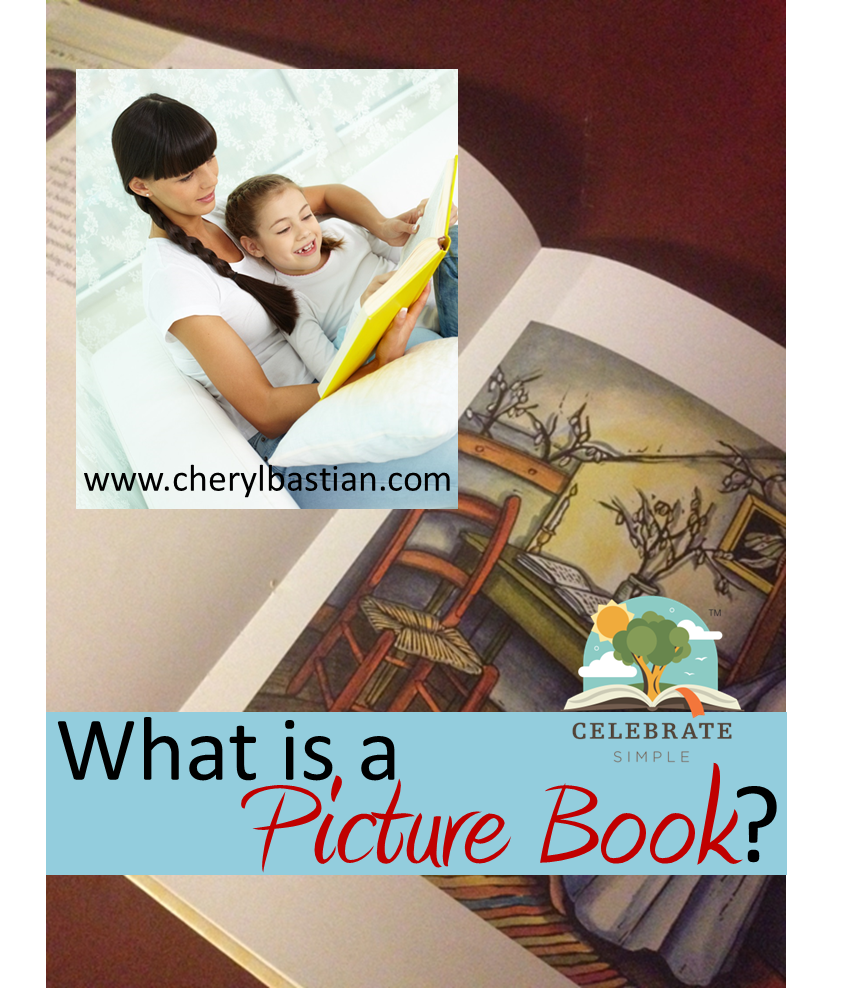Fast Parenting? Yes, Please!
/There is nothing quick about parenting; growing child to adulthood. Though we often try or prefer to make parenting instantaneous through quick sound bites instead of face-to-face conversation and interaction, what’s instantly gratifying isn’t necessarily the most productive. For me, there were days when I wanted fast answers with practical tips and positive results, right now! They would have been highly convenient, but not necessarily helpful to our long-term vision for our family.
I admit, fast, immediate, no-fail solutions resonate with me, especially on full days with lots of commitments and needs. Hence, there were days when I searched and searched, scrolled Pinterest boards and read blogs. Surely someone had encountered my debacle and WON?
The day dear daughter cut off all her bangs to the root and tried to tape them back on, only to find it would take months and months to grow out. I had no hair tonic to promote growth, though I wish I had. Life lessons noted.
The morning 30 pounds of laundry powder poured atop three loads of dirty laundry sapped my energy and made me wonder if the entire day would offer similar treats.
The day dear child asked questions about how to prepare for marriage and I knew the answer would be more than a pat answer or five-minute conversation. Instead, the conversations were many, over years, and eventually led to a beautiful marriage. Definitely not a one-and-done parenting recipe. Instead, the conversations were unique to the situation, nothing I could have borrowed from anyone else. I’m thankful for the times we sat and listened. It mattered.
The evening, when after months of waiting and visiting, great-grandma passed away and there were a slew of questions. I didn't have the immediate answers we all would have prefered. Conversations and hugs healed hearts as together we remembered Grammy’s impact on our lives; years of togetherness and with-ness.
The morning our van started on fire in the driveway and our children were concerned we wouldn't have a big enough vehicle to transport us all. I didn't have an immediate answer or a delivery service to provide another vehicle. The process of waiting grew our faith and provided just what we needed.
Fast forward some years with now grown adult children. It has become apparent that the best solutions had no easy answers. There are no quick, fast shortcuts in parenting. My adult children didn't become adults overnight (though at times I wonder where the years went) and the path, the journey, was a process. Their journey to adulthood and my adventure as a mom wasn't picked up at a drive-thru window.





























































